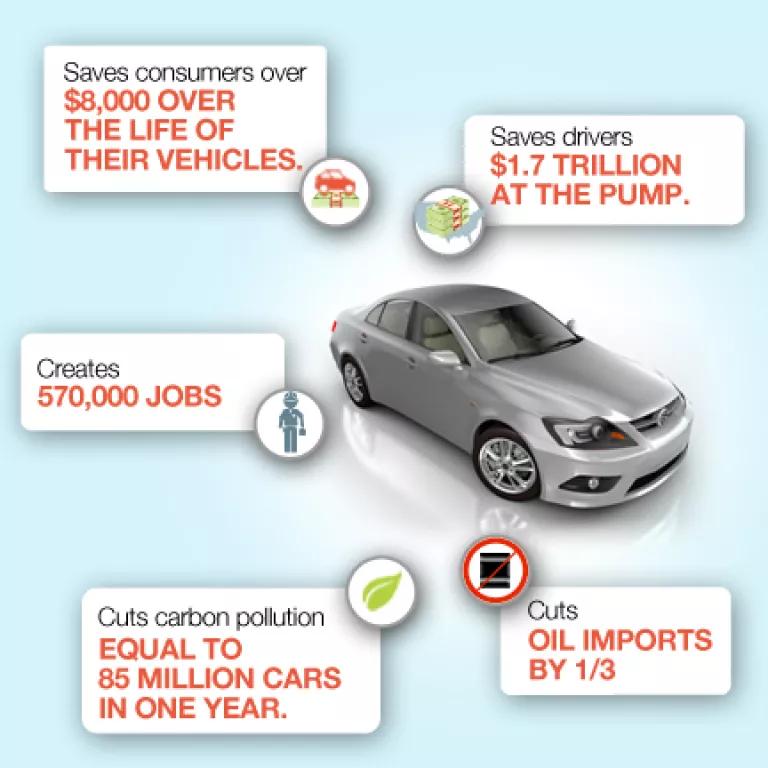
The tragedy of Hurricane Sandy has brought into sharp relief the high costs of ignoring taking action to address climate change. While exact causes are difficult to pin down, what we do know is that just like the unprecedented droughts, flooding and heat we all experienced this year, storms like Hurricane Sandy is what global warming looks like.
As my colleague Dan Lashof says, this is the “new normal”. Unless we take action now.
It’s unfortunate that oil companies, coal companies and their allies have been successful in stalling a common sense, comprehensive national solution.
But there is good news. Over the last four years, this country has made huge, transformative strides in cleaning up tailpipe carbon pollution which accounts for about one fifth of nation’s carbon pollution. This fall, the Obama Administration adopted final rules that require a doubling of fuel efficiency and halving of carbon pollution from new cars by 2025.
This doubling of fuel efficiency standards to the equivalent of 54.5 mpg is the biggest action this country has ever taken to cut oil dependency and carbon pollution. Only the original fuel economy law in 1975 (“The Energy Policy and Conservation Act”) comes close.
By 2030, doubling of fuel efficiency will reduce carbon pollution by 580 million metric tons of carbon dioxide, the equivalent of 85 million cars or 140 coal power plants. The carbon pollution target embraced by President Obama of reducing U.S. emissions to 17 percent below 2005 levels by 2020 is “well within reach” according to Dan Lashof, thanks in good part to clean car standards that will contribute about 180 million metric tons towards that target.
The benefits of the clean car standards go beyond carbon pollution. It will oil imports by one-third. Less money on oil means more jobs for the U.S. By reducing fuel bills by $1.7 trillion and sending less of our energy dollars overseas, the standards will create 570,000 jobs across the economy by 2030.
The new clean car standards Washington at its best. Working to move America forward. In the wake of Hurricane Sandy, we hope that this spirit will prevail in the near future, and we can come together to take action on climate change.



